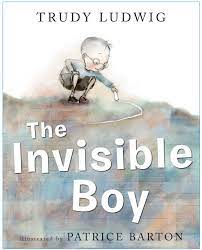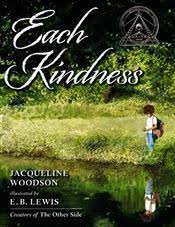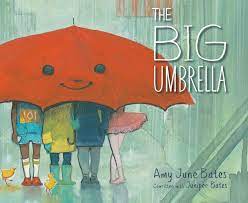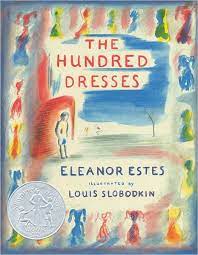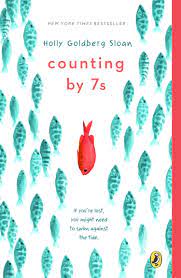Teacher to Teacher: Read Alouds Help Our Student Readers & Writers Grow in School & at Home
Read alouds are the time we gather students together to discuss texts we value and often write about them. This time brings all readers into the same experience even if their reading levels vary greatly. Reading aloud gives children an opportunity to access books that may be more difficult to comprehend because of the subject matter and readability. By sharing the text aloud, readers can rely on each other to come to a deeper understanding of the text. Shared discussions open up new possibilities. Through the read-aloud comprehension strategies come to life as they are demonstrated by the teacher and used by the students. The read-aloud can push readers into a deeper understanding of the text as children study the work of the author.
Choose a book you love and may use as a read aloud in reading and/or writing workshop. Read it as a reader with sticky notes on hand to note your thoughts and feelings. Read it as a writer and find writing in the text you can highlight later for your young writers. Is the lead something they could emulate? Does the author use interesting vocabulary or descriptions? These noticings could become mentor texts for read alouds in writing workshop and across the day. Mark sentences and/or passages that can be used to model craft moves in your minilessons. Use them in your writer’s notebook to study craft and imitate it before you teach it to your students.
Poems as read alouds can last for a week and be used for word study, vocabulary building, and fluency. Three-minute poems can reap rewards throughout the language arts block and become mentors in both reading and writing workshop. Poems are a great way to read aloud to students to begin a science, math, or social studies lesson, too. Visit http://www.poemfarm.amylv.com/ to glean ideas and find poems shared by Amy Ludwig VanDerwater. Visit https://pomelobooks.com/ where Sylvia Vardell and Janet Wong share poetry and books such as the Poetry Friday Anthology Collection series such as The Poetry of Science: The Poetry Friday Anthology for Science for Kids.
If read alouds help our students learn how to think, talk, and write about texts, then we should make sure our read-aloud choices are varied. Keep a list to track read alouds and be sure to include a wide variety of authors and genres as well as ways you might use the book with your students.Keeping a sticky note on the inside cover can remind you of possible ways you can use this book as a mentor text. Lynne tags pages where she will stop to do a think aloud to introduce a strategy or skill such as making a prediction or making an inference. Read alouds are often tagged in numerous places for teaching possibilities – similes and metaphors, rich description, evidence of the author’s voice, unusual sentence structures (adjectives appearing after the noun or an example of a compound/complex sentence), an example of an anecdote, and times to stop and reflect.
The experience of sharing reading doesn’t have to stop at school. Sharing books at home allows parents and children to connect in a very special way. This is quality time we spend with our children. It strengthens relationships and helps children develop interpersonal skills. As we read together, we build curiosity, memory, and language, especially early on. Children who are read to at home come to school with a greater vocabulary and are ready to learn to read in school. Access to books in the home allows children to see themselves as readers in a family of readers. When children own their own books, they further develop their own reading identity in their family. Parents often want to know how to help their children at home, you might want to offer them some of these suggestions during conferences, Open House visitation, or in a monthly newsletter. Here is advice for parents:
- Ask your child for his/her opinion of the book you are sharing – orally or in writing. Share your opinion, too. If it is written, consider posting it on facebook or tweeting about it. Your child can keep a log of his/her opinions and take it to school to start a “Book Reviews” section on the classroom bulletin board or request a “Book Reviews” section for the classroom website.
- Ask your child to choose the book to read aloud.
- Read the book to yourself before you share it with your child. Your read will help with fluency and could determine whether this book is a good match for your child’s interests.
- Share the read aloud as you take turns reading – your child reads as one character and you as another, or take a paragraph or page (depending on the amount of print on a page).
- Ham it up and take on different voices for the characters!
- Create a book basket for each family member to hold their own personal book choices that reflect their interests and passions for read alouds. Remember, favorite books can always be read more than once!
- Start a family book club with the nuclear or extended family – relatives do not have to live close by. Technology allows us to chat with Zoom, Skype, Google hangouts, or FaceTime. Here is a chance to highlight a family interest such as a sport, culture, favorite genre or character, or vacation spot through a book that everyone is reading.
- Read the book before you watch the movie and then talking about the differences, the similarities, and your child’s preferences. Write a movie or book review – or combine them into one review.
- Check out the school and local library for audiobooks that your family can listen to when traveling to visit a relative or a sports event or just whenever travel will take more than ten minutes. Remember, when you have a library card, you can use it at other local libraries, too. The library card is obtained from the library in the community where you live, but you can access books anywhere with your card. Your library can often check for audiobooks in other locations and have them sent to your library for pickup and use.

Provide a bibliography of poetry books for parents. A good place to start is “A Treasure Chest of Books” in Poetry Mentor Texts: Making Reading and Writing Connections, K – 8. We know parents are busy people, but everyone can find the time to share a poem. Post favorites on your website or a designated school page that parents can easily access. Vary the genres and formats to include joke and riddle books, nonfiction, graphic novels, picture books, and even wordless books. Share links to websites such as WNDB (We Need Diverse Books) introducing books written and/or illustrated by people of color, the Brown Bookshelf (designed to raise awareness of black voices who are writing for young people), Colorín Colorado to serve our families of English Language Learners, and Jane Addams Peace Association that annually gives book awards to children’s books that engage children in thinking about peace, social justice, global community, and equity for all people (https://www.janeaddamschildrensbookaward.org/).
And do not forget to provide some tips for reading over holidays and summer vacation! In Shelly Keller’s kindergarten class, students wrote reviews for their favorite books. Shelly created a “Read a Good Book” newsletter with students’ reviews to help parents choose books for their soon-to-be-first grader to read over the summer months. In It’s All About the Books: How to Create Bookrooms and Classroom Libraries That Inspire Readers Illustrated Edition, Landrigan and Mulligan (Heinemann, 2018) help their students create a plan for summer reading before they leave school, providing their students with a calendar that shows when school ends and starts again so they know how many reading days they will have (123). They suggest summer book swaps by appointment at the school where a teacher, the principal, a literacy coach, and parents can volunteer to organize books and oversee appointed times for book swaps. Post invitations on the school website to visit the public library for special events such as author readings or book talks about new releases. Highlight a few great read-aloud choices for parents – books that may be a slightly higher level than most students’ independent reading level. These books will introduce new vocabulary, sentence structures, and author voices.
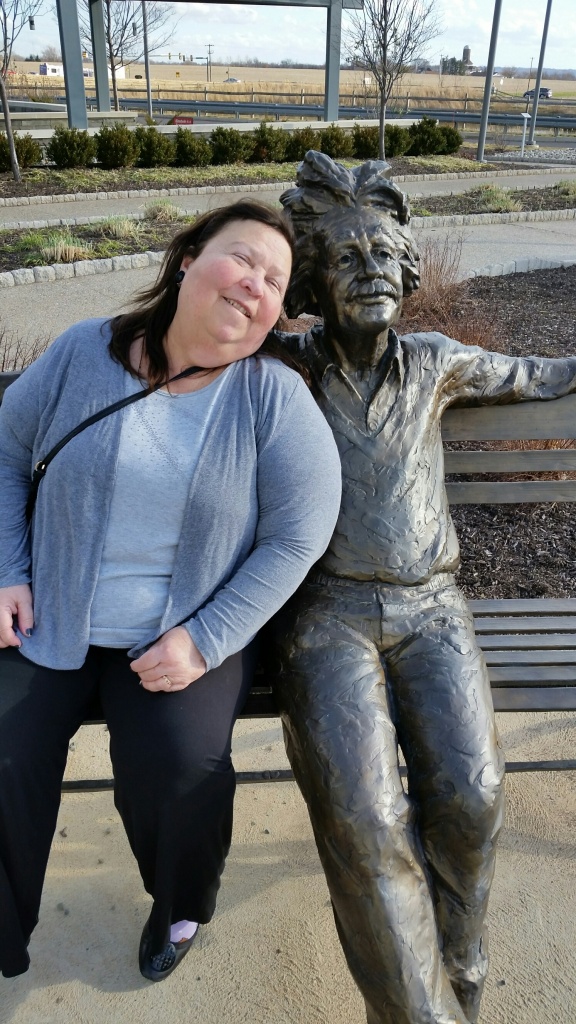
Lynne R. Dorfman is a 1989 fellow and serves on the West Chester Writing Project’s advisory board. She loves to read and write poetry, plant flowers, and spend time with her three godchildren and her three Welsh Corgis. Lynne is currently working on a book for Stenhouse Publishers with Brenda Krupp. She hopes to see you on the first Saturday of each month at the WCWP Continuity Sessions with Jolene Borgese and Kelly Virgin.


